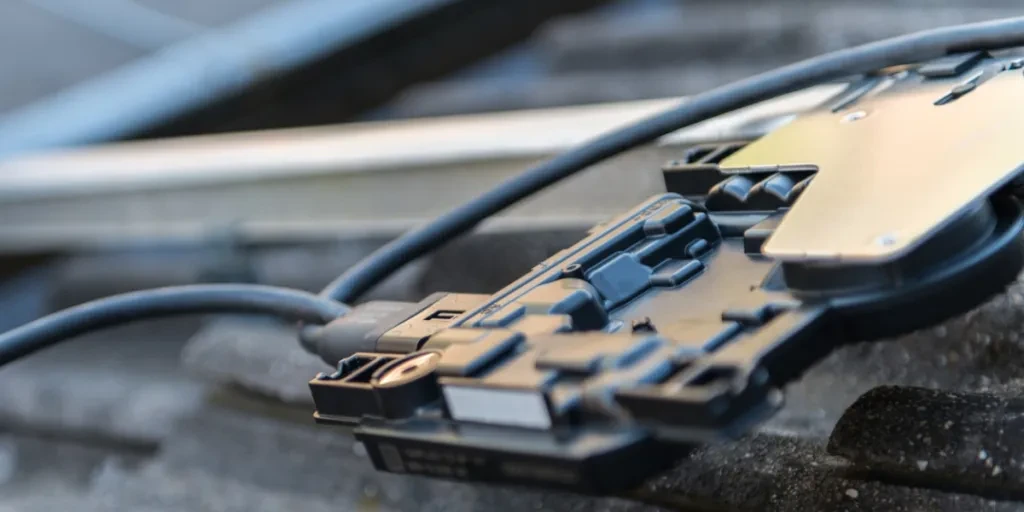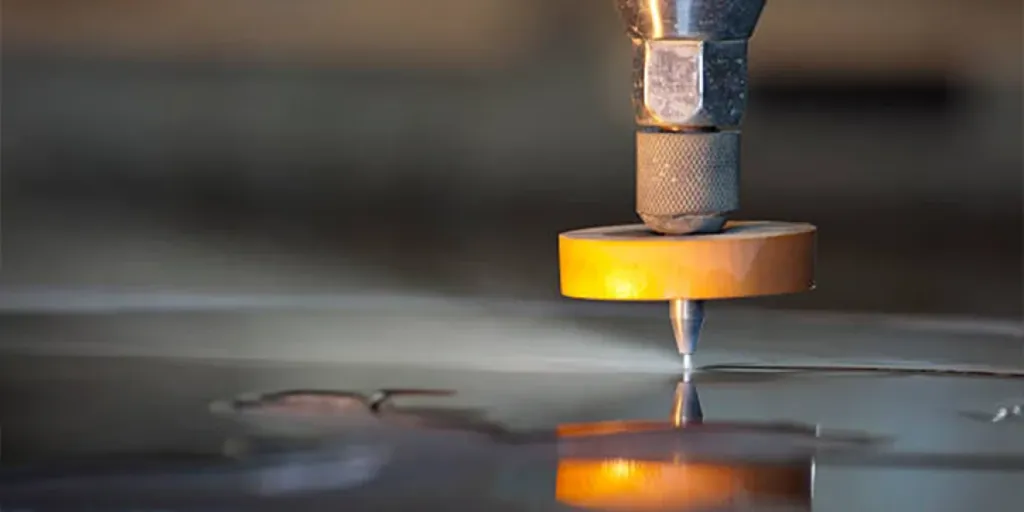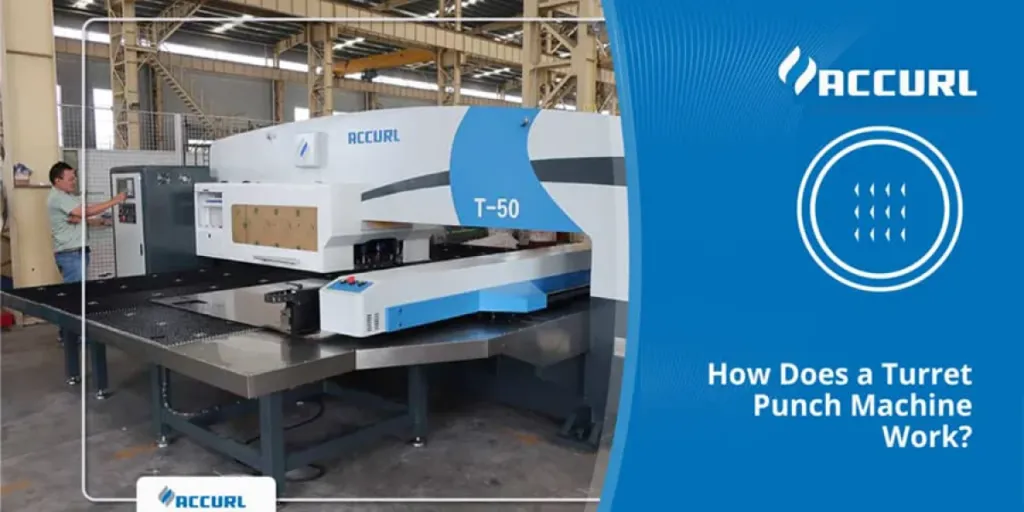Microinverters are an essential part of solar power, sitting on the back of every solar panel out there. And because they work to transfer sunlight into grid-ready AC, to be functional, they must match the panel, the grid code, and be able to withstand long years outdoors.
That’s why retailers must consider various factors before stocking these products. In this guide, we’ll discuss everything you need to know to offer reliable microinverters for solar panels.
Table of Contents
What are microinverters?
Features to consider before stocking microinverters
1. Power match
2. Grid and safety codes
3. Warranty and reliability
4. Thermal and weather strength
5. Monitoring and data tools
6. Installation friendliness
7. SKU control and shelf space
8. Inventory support and RMA flow
9. Panel growth and storage links
Closing words
What are microinverters?
Solar panels soak up the sun’s energy, but without microinverters, that energy would be unusable. Unlike traditional string inverters, which manage power for the whole solar system from one central spot, microinverters transform solar energy right at the source (usually on each individual panel).
Features to consider before stocking microinverters
1. Power match

First, you must consider the solar panels buyers now carry. Module makers are already shipping 600 W to 720 W panels; some roof layouts may push for something even higher next year. Therefore, the microinverter you stock must handle that watt level with room to spare.
Recent three-phase quad units like the APsystems QT2 deliver up to 1,800 VA across four DC inputs, which covers four high-power panels with headroom for heat days. Yet, the market still includes many 350 W-class panels. So, the key here is variety. To maintain a lean inventory, opt for microinverters that accommodate a wide voltage and current range, rather than stocking narrow-range SKUs.
2. Grid and safety codes
After power comes code. Every microinverter that leaves your door (in-store or online) must pass local utility rules and fire codes. In North America, the twin pillars are UL 1741 SB and IEEE 1547-2018 for grid behavior, as well as NEC Section 690.12 for rapid shutdown on rooftops. For example, the latest IQ8 series from Enphase lists full UL 1741 SB, IEEE 1547.1-2020, and NEC 2023 rapid shutdown right on the datasheet.
To save yourself headaches down the line, make sure to print compliances clearly on shelf tags and save data sheets for quick proof when inspectors ask.
3. Warranty and reliability
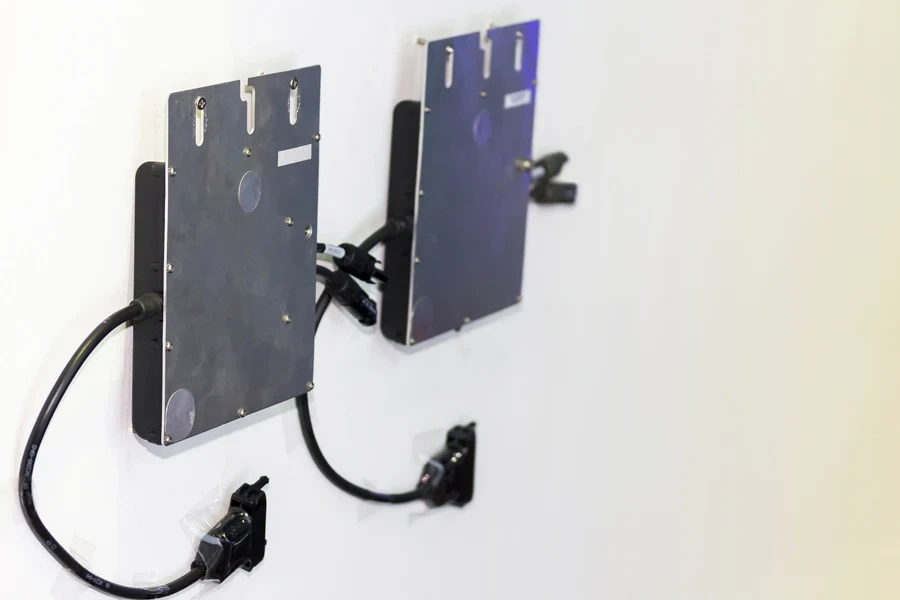
Once safety is assured, customers turn to a microinverters’ lifespan. Leading makers claim mean-time-between-failure scores as high as 300 to 600 years – numbers that sound wild until you know that they refer to statistical MTBF, not calendar years. For example, Enphase estimates an MTBF of over 600 years for their newest models, far beyond the 10-15 year average of old string inverters.
Even so, the real anchor for trust is the written warranty. Twenty-five years of parts-and-labor warranty is now the new normal. So, keep copies of that warranty at the sales desk or online storefront to build trust. Since many owners still think an “inverter equals 10 years,” showing the 25-year sheet is a great way to create instant confidence.
4. Thermal and weather strength
A warranty is only as good as the electronics’ ability to weather heat, moisture, and dust. Here are some plain markers to look for:
- Operating temperatures should span at least -40 °C to +65 °C
- IP67 or better, so rain, snow, or fog are not able to enter the circuitry
- Silicone potting around key parts, helping to disperse heat and block water
Retailers should keep one open sample on display, giving buyers a sense of the quality sealing and aluminum casing.
5. Monitoring and data tools
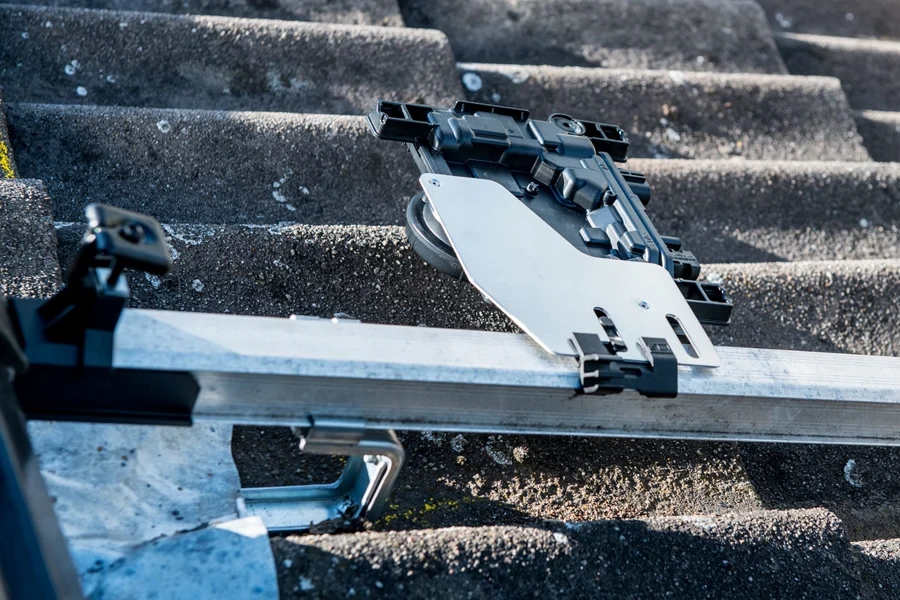
Makers often bundle Wi-Fi, Zigbee, or power-line carrier links with their roof-level inverters, which feed into a phone app or web portal. For example, APsystems encrypts its Zigbee traffic, while Enphase adds meter-grade consumption tracking.
You may also consider setting up a shared fleet dashboard that can provide field alerts and help you to sell service call-outs or quick swap units. Therefore, it pays to note if the manufacturer offers free lifetime monitoring or charges after the first year.
6. Installation friendliness
Next comes installation. The quicker a crew can mount and wire each unit, the more units you sell. Modern microinverters use drop-in AC trunk cables or simple daisy-chain leads with sealing caps, requiring fewer installation tools and therefore likely fewer returns for “missing parts.”
Three-phase sites can also benefit from quad microinverters that include one box for every four panels, channeling in on one cable. This can cut labor by almost half versus one-to-one units. Remember to explain this during in-store demonstrations, as commercial buyers appreciate time savings spelled out in minutes, not theory.
7. SKU control and shelf space
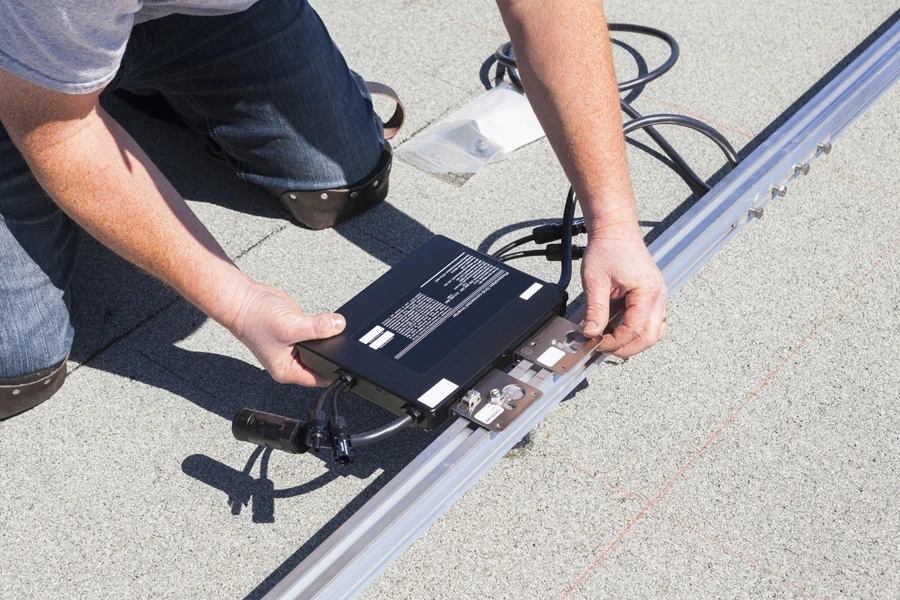
Warehouse space and cash flow are also likely to be priorities, and stocking many microinverter models can tie up capital, which is not ideal. Instead, focus on flexible SKUs, like a single-phase 366 VA unit for legacy roofs, a 500 VA for high-power homes, and a three-phase quad for small commercial use.
Additionally, verify if the manufacturer ships in master cartons with QR codes that link to manuals, as fast scanning can reduce receiving time.
8. Inventory support and RMA flow
Sooner or later, even the best inverter fails. However, a smooth return and replacement channel will help retailers process such requests. To streamline the process on your side, ask vendors these questions:
- Do they ship replacements in advance?
- Is freight prepaid both ways?
- What is the average turnaround time?
Suppliers who offer “next-day cross-ship, prepaid label inside” should give you more confidence when handling complaints. However, be aware that those who provide vague answers are likely to lead to lengthy email loops and angry installers.
9. Future panel growth and storage links
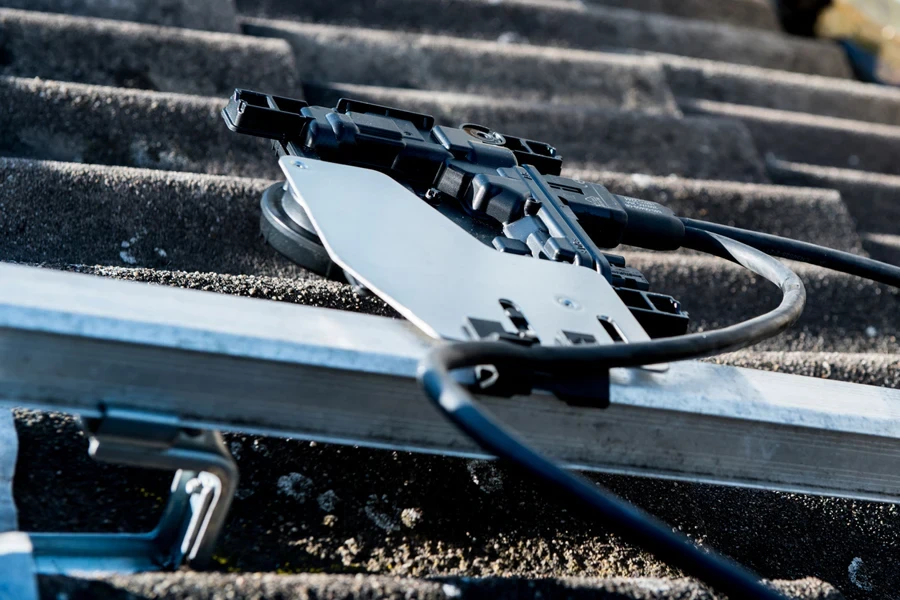
As we look ahead, panel use will keep growing, and batteries are likely to move from add-ons to default items. Choose microinverters that update via firmware to new grid curves and work with AC-coupled storage. Enphase IQ8, for instance, can form a small island grid without the main grid present, which turns one sale today into a gateway for battery sales later. If you lock into old firmware units now, you can aim to clear them at a discount next year.
Closing words
When you’re able to provide customers with surefire utility, microinverters will leave your shelf fast and lift your brand in the eyes of each installer who walks through your door.
For more information about other products worth selling in 2025, check out the Alibaba Reads blog.
